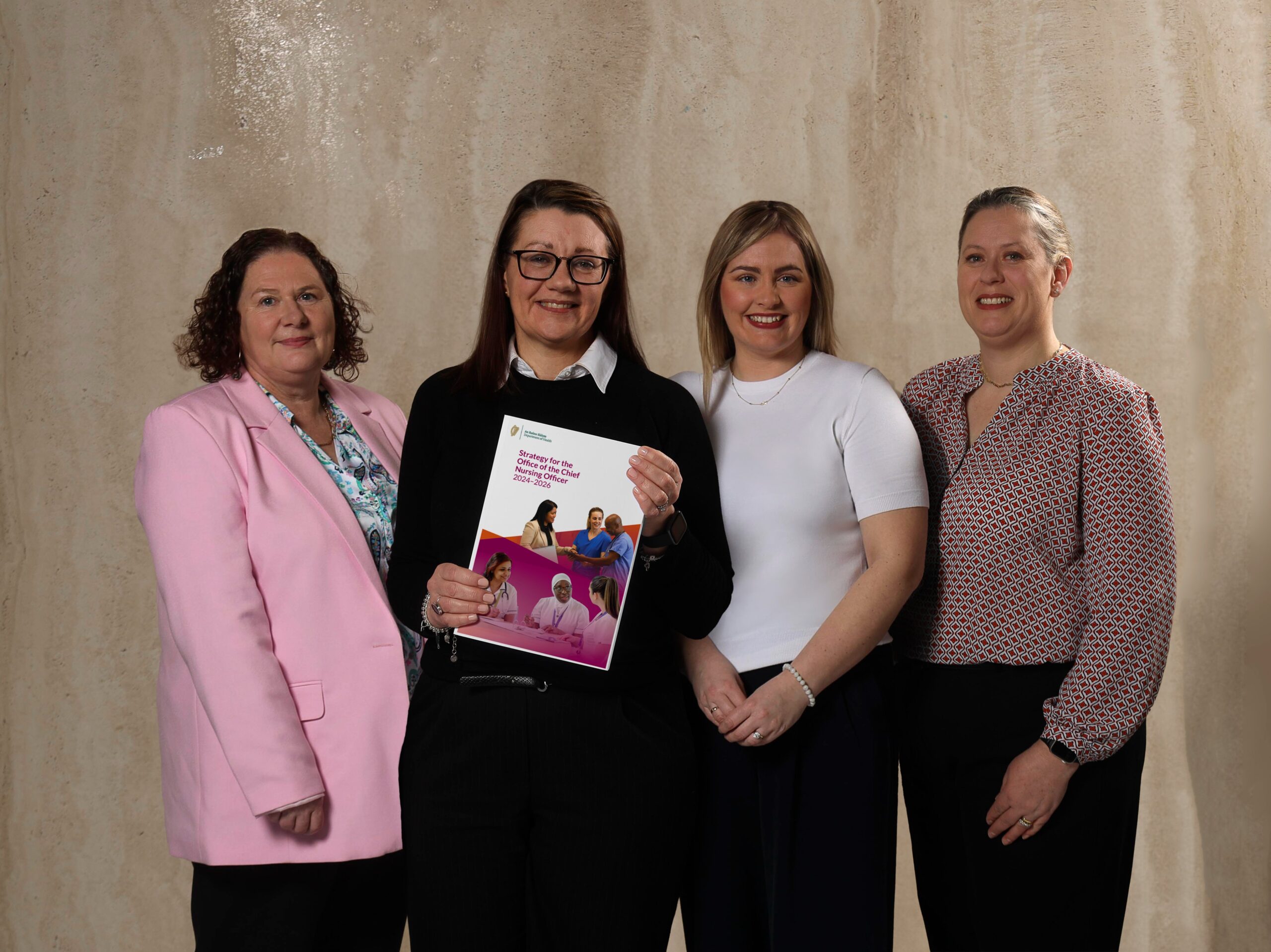As part of Erasmus University’s study on the uptake of big data technologies in healthcare within the Big Medilytics project, interviews with the pilot project leaders and group interviews with the twelve project teams about their experience in the project were also held.
In the second video released to share the lessons learned in the framework of the project, Dr. Antoinette de Bont, a professor at Erasmus School of Health Policy & Management, presents a causal model that explains why the innovative nature of big data in healthcare is hindering its uptake and the interdependencies between actors and regulation.
A causal model is a visualization of how actors and factors influence each other, a useful instrument to understand how self-enforcing patterns can be broken and things can be changed. In particular, this new video expounds why the pilot teams were confronted with “a swamp of rules” and how actors can prevent getting blocked by the rules.
Three main lessons can be learned to avoid obstacles by the rules in such projects:
- The different experts in the fields of privacy, security, safety, ethics, and law should work in a team.
- The expert team on privacy, security, safety, ethics, and law should advise health care professionals and data scientists on how they can comply with different rules.
- The expert team on privacy, security, safety, ethics, should reflect with health care professionals on ‘work arounds’ and ‘elephant paths’ in order to find solutions for differences in rules.
Source: Big Medilytics










